There are many ways to make sense of the Gujarat assembly elections 2017 , and one of them is to compare today’s scene with 2004. In the summer of 2004, we can safely say that Narendra Modi was supremely popular in Gujarat— he had, after all, proven his popularity in the state in the December 2002 elections. Given his might, the BJP had left the Gujarat part of the Lok Sabha campaign to him. And he led from the front. As veteran leader LK Advani began yet another of his yatras, this time from Mahatma Gandhi’s birthplace Porbandar, Modi was stealing the thunder from him. A local newspaper, instead of reporting the content of their speeches, reported that crowds had started leaving the venue when Modi’s speech ended and Advani took the stage. It was during this yatra that Modi deployed expressions like “jersey buffalo” for a certain opposition leader– and got claps too. [caption id=“attachment_4235509” align=“alignleft” width=“380”] 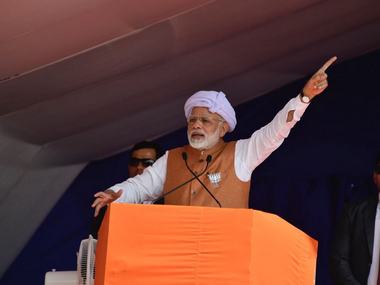 Narendra Modi in Gujarat. File image. Pallavi Rebbapragada/Firstpost[/caption] Yet the result was disappointing: 14 seats to the BJP and 12 to the Congress. For the BJP, this was only the second downslide– and quite a big one. Here are the numbers since 1984. (In that year, due to the sympathy wave for Rajiv Gandhi, the party won only two seats across the country. One of them was from Gujarat— Dr AK Patel from Mehsana). 1984: Congress: 24, BJP: 1, Janata Party: 1 1989: Janata Dal: 12 + BJP: 12, Congress: 4 1991: BJP: 20, Congress: 5, JD (Gujarat): 1 1996: BJP: 16, Congress: 10 1998: BJP: 19, Congress: 7 1999: BJP: 20, Congress: 6 2004: BJP: 14, Congress: 12 2009: BJP: 15, Congress: 11 2014: BJP: 26, Congress: 0 How did this happen? There had been no visible unrest, no resentment with the government– in the state or at the national level. Yet, the ‘India Shining’ campaign had failed, and Atal Bihari Vajpayee stood defeated after six years. But it was a quiet surprise that Gujarat– BJP’s home ground for long and with a charismatic leader as the face of the campaign– had given nearly half the seats to the Congress. A simple explanation can be offered on the following lines. Even if a government launches a Universal Basic Income scheme and starts giving Rs 2,000 to everybody, people will be people and will soon start complaining that the scheme has not been adjusted for inflation and the government should now give us Rs 2,100 instead. In other words, a general dissatisfaction with the world and blaming the government for it is a normal state of affairs. It is probably what psephologists call anti-incumbency. Modi, however, has been wildly successful in nullifying any anti-incumbency in the state so far– just as his party too had done before him. The trick is to channelise that resentment, give people someone else to blame– and there was usually some Congress government around. Except in 2004. This time, it’s the same story— BJP in Gandhinagar, BJP in Delhi. Previously, the usual theme was of aggression and accusations, the usual tapping of the popular anger, which obviously meets with a good response from people. Now, Modi has to give a laundry list of his government’s achievements, which cannot provoke a voter into running to the booth. Add to that the two decades of the BJP rule (since 1995, minus Shankarsinh Vaghela and Dilip Parikh’s terms during 1996-98). For the young Gujaratis who are going to be a substantial section of the total voters, the BJP has ruled the state ever since they started taking interest in politics. That leaves little scope for blaming the Congress for any shortcomings. (For example, Hyderabad this week joined a growing list of cities with the Metro rail service and Ahmedabad, the seventh largest city in India, does not have one yet. Who do you blame it on?) Add to that the double whammy of demonetisation (not so much now) and GST, and the resultant downslide in the GDP numbers for six quarters in a row. That is why, in the run-up to the elections, the social media campaign of ‘development gone crazy’ found some traction, surprisingly, among the urban middle class– the BJP’s core and original constituency. That, as noted before, is one of the many ways to make sense of the coming Gujarat elections. Now for the disclaimers in the fine print. If there is no resentment, as a PEW survey report concluded in late November, then none of the above matters. Moreover, if Modi has been nearly invincible in the election arena so far, that is because he is a quick learner. He is in power too. He can and indeed has been making amends (for example, the GST relaxations). Playing to his strength, he is continuing to tap into people’s anger– against black money or old-style caste politics or other issues– and deflecting it. He is setting the agenda. Rahul Gandhi, never a match to him, is less so on Modi’s home ground. And, if at all there is any risk of division of votes on caste lines, there is always the ace card of Hindutva, to be deployed as the last resort. Click here for detailed coverage of Gujarat Assembly Election 2017 Ashish Mehta is editor, Governance Now
Modi is setting the agenda. Rahul Gandhi, never a match to him, is less so on his home ground. If at all there is any risk of caste-based division of votes, there is always the ace card of Hindutva
Advertisement
End of Article


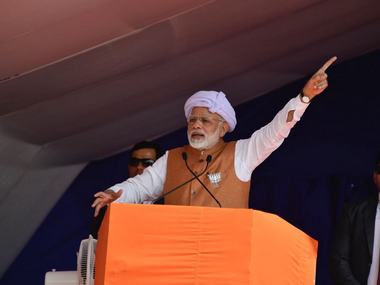)
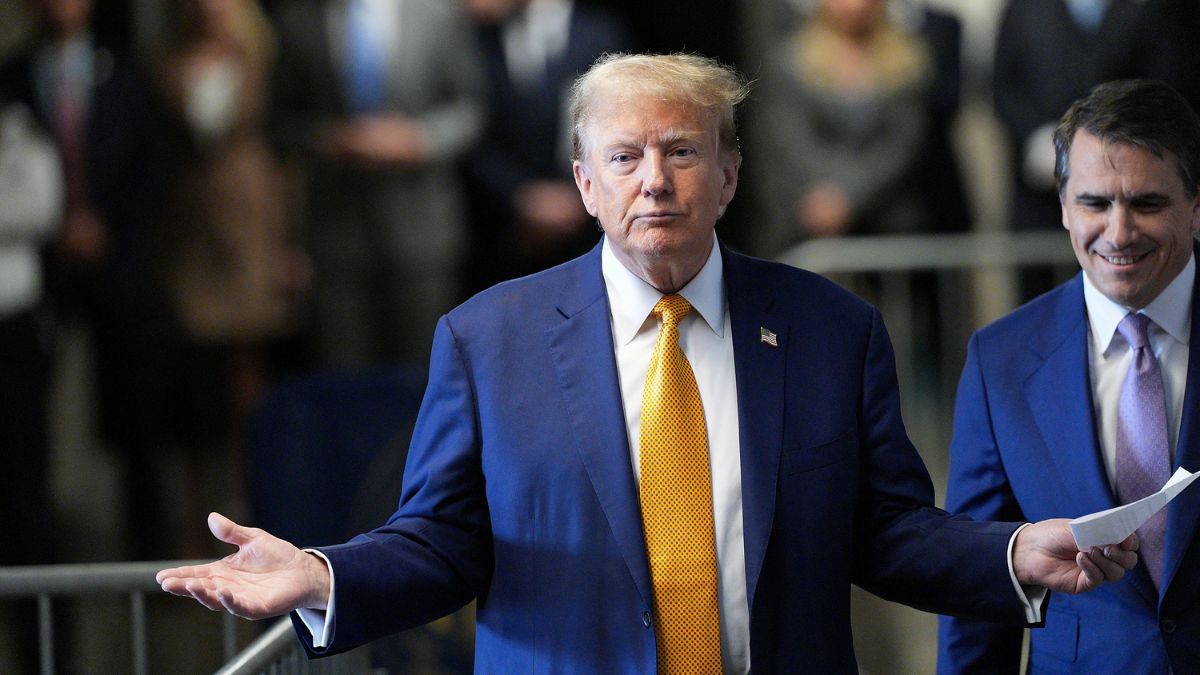)
)
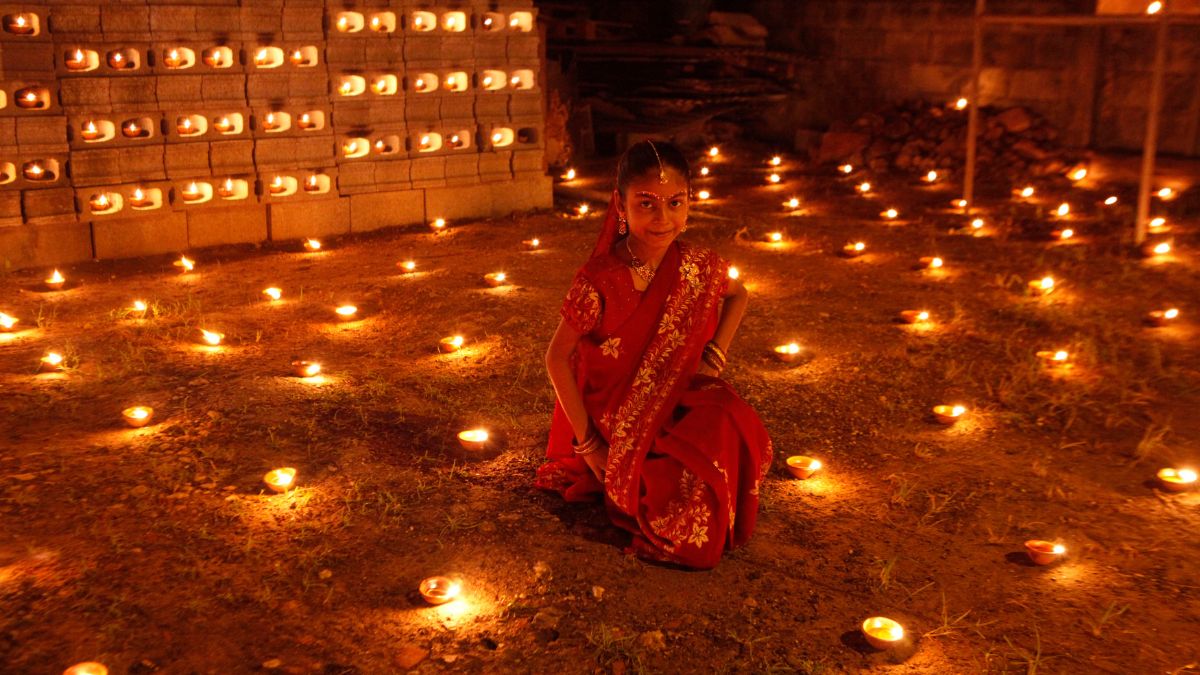)
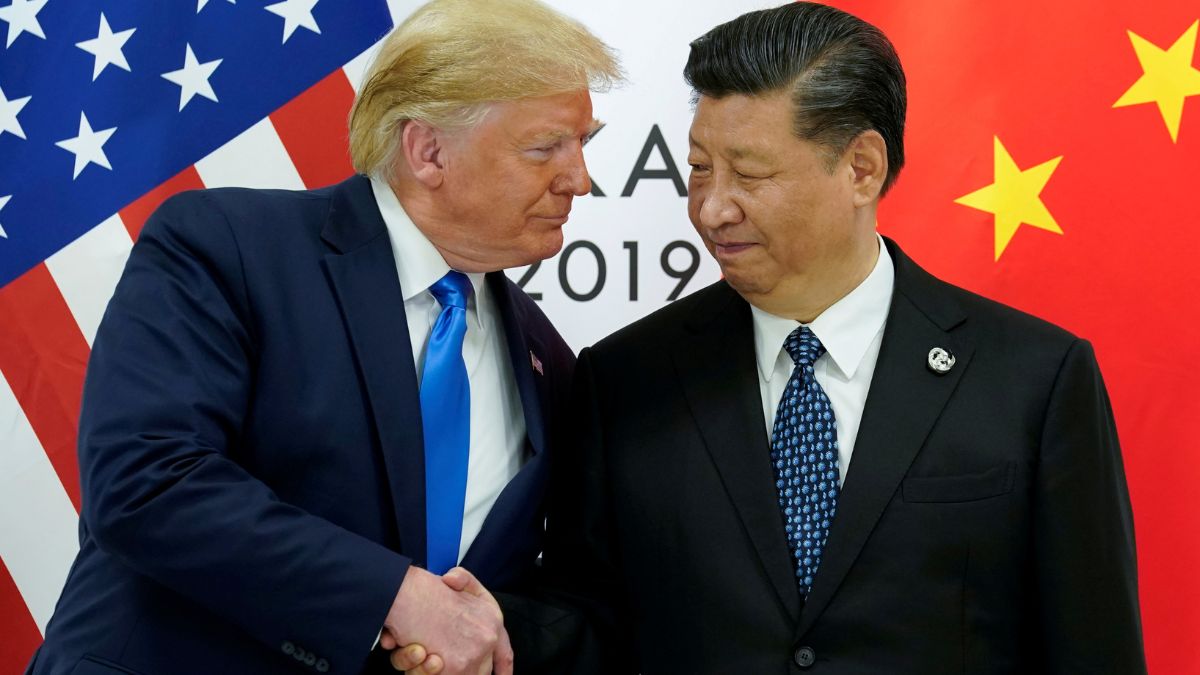)
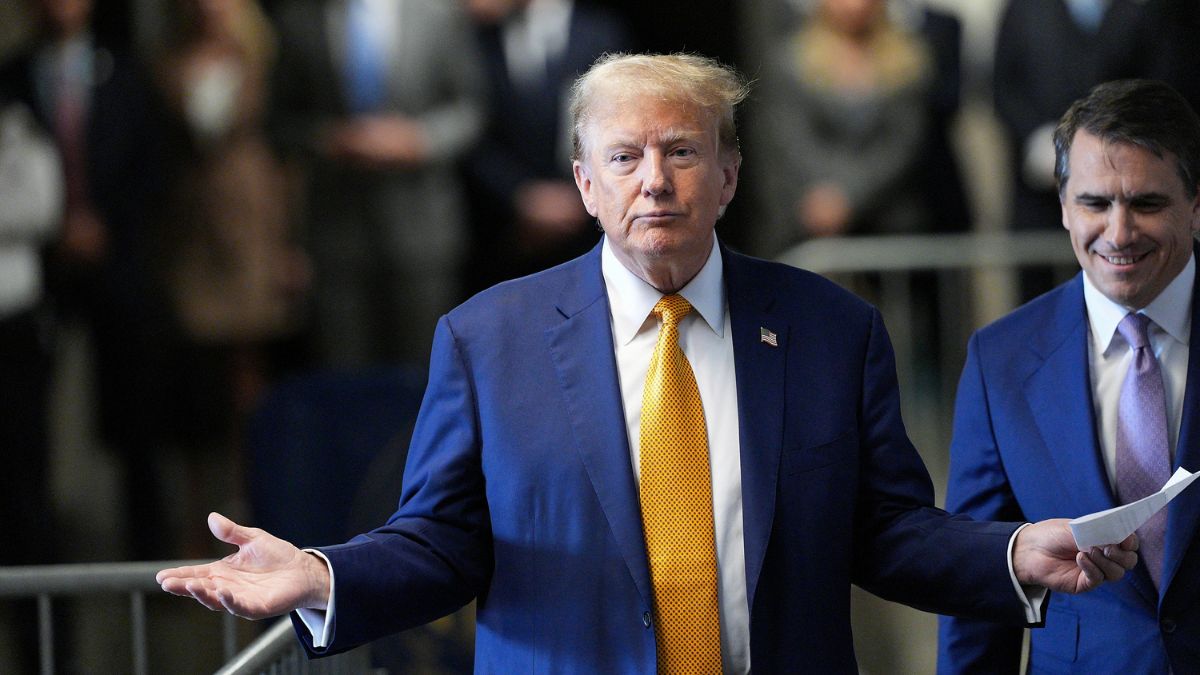)
)
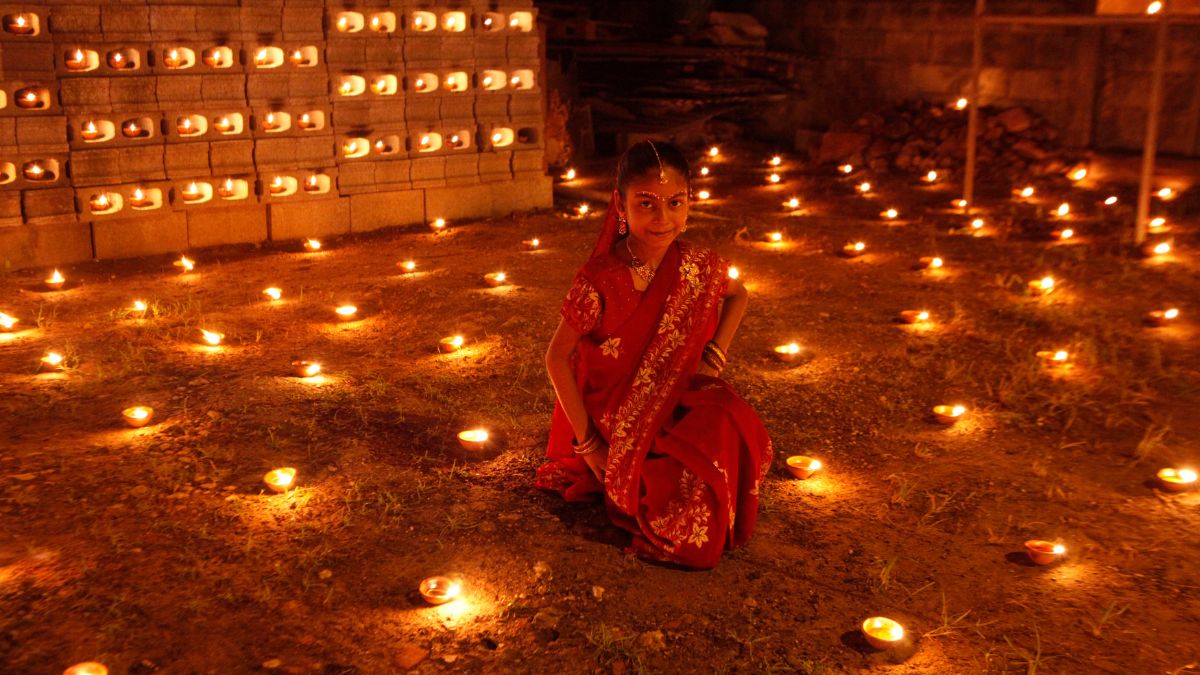)
)



